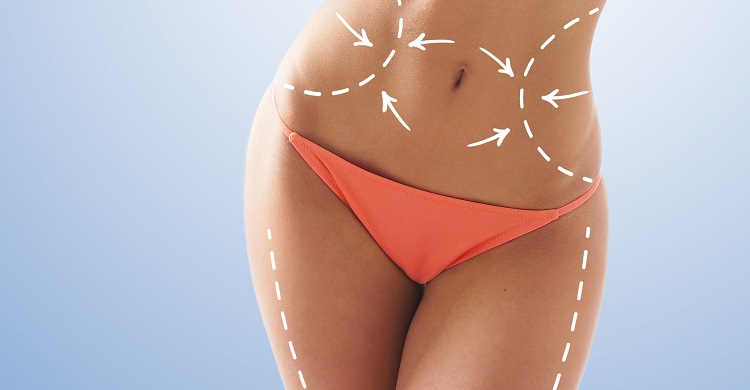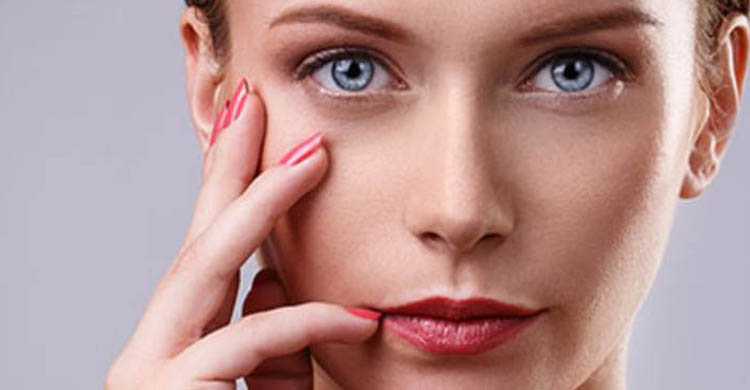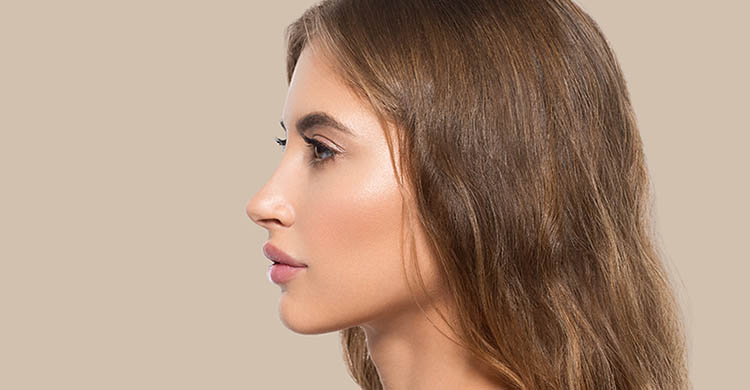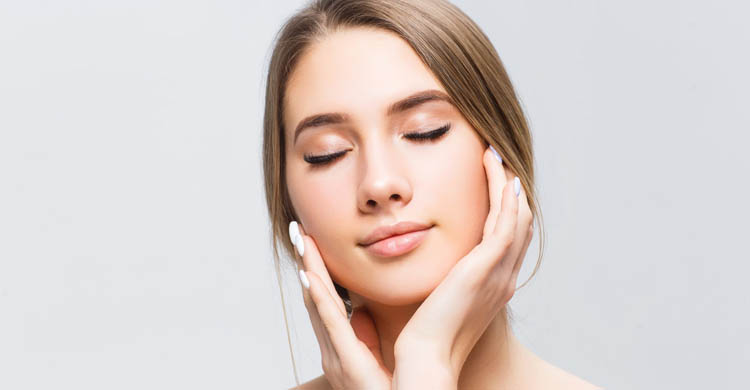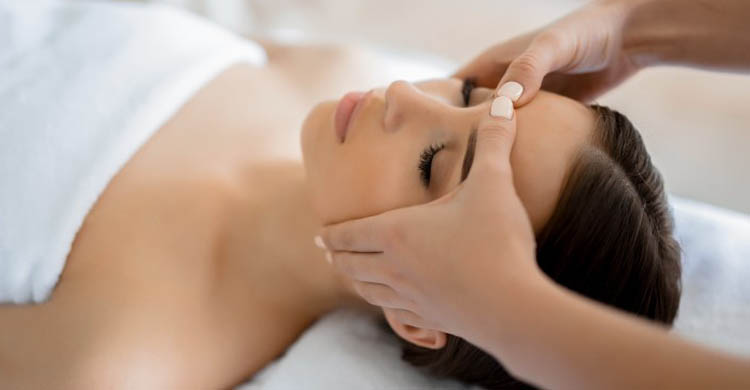PRP For Beard Restoration

PRP for the beard is indicated for those with hair loss and for the people with patches of missing hair that have noticed a reduction in the density of their beard.
PRP is a concentration of wound healing growth factors that are naturally found in the blood; this substance stimulates collagen and blood supply and contains several factors that have a stimulatory effect on the hair follicles.
PRP stands for platelet-rich plasma, and it’s an increasingly common treatment where a person’s plasma is re-injected into areas of the body, the face, or the hair to rejuvenate the skin and stimulate hair growth.
PRP is not just limited to the restoration of the beard, but we use PRP in our practice for acne scars, skin rejuvenation, hair loss, dark circles in the undereye.
This treatment has become increasingly common in the past few years, especially to treat hair loss and thinning; why? Because it’s safe and effective.
Hair PRP results have in fact, been documented in several studies and dermatological literature, and it can be seen as a form of regenerative medicine, as when we inject it, we stimulate that healing and regenerative mechanism that is entirely natural and effective.
PRP can be part of an overall strategy to help you look your best and treat hair loss and thinning, and patches in the scalp and in the beard area.
We had great feedback from our patients, both adult men and women, as the treatment is suitable for both, depending on the desired outcome and the area that needs to be addressed.
PRP Beard Restoration Consultation
Having a consultation is the very first step, as it will give us an idea if you could be a candidate for this procedure or not, as not everyone can be a candidate.
When it comes to medical conditions, the best candidates are those who don’t suffer from Telogen Effluvium or scarring Alopecia and don’t have any medical history of thyroid issues or lupus.
People on blood thinners may experience a less visible result due to their platelets working less effectively.
If you don’t have these conditions, then hair PRP is indicated for those with hair loss and for the people with fine hair or patchy areas in their beard or hair, as the scalp and the skin along the chin and mandible can both be treated, often combined together to get the most of the treatment at the same time.
If you’re uncertain about being a candidate for the treatment, we will help you figure out the best option for you during this very process.
What promotes hair growth and why, in detail
PRP contains substances that stimulate hair follicles and, therefore, hair growth.
This procedure is natural, easy, and no medication must be taken, as it’s your own hair that grows again.
In 2019 some scientists carried out a systematic review, and the finding are published in the Plastic Surgery Journal (this is the link if you’re interested in reading more about it: https://link.springer.com/article/10.1007/s00266-019-01391-9); the finding shows that PRP reduced hair loss and increased the diameter of the hair follicle and increased the density of the hair growth. A remarkable result!
We have covered below the more science-related bits for those who want to know more about it.
The platelets that are obtained from PRP target an area called the “Dermal Papilla”, an area of the follicle.
The platelets will not only promote new cell growth but also accelerate the regeneration rate so that the results will be quicker.
We have listed below the specific that promote hair growth:
• Insulin-Like Growth Factor (IGF) — a regulator of normal physiology in nearly every type of cell in the body
• Transforming Growth-Factor-Beta (TGF-b) — promotes the growth of matrix between , bone metabolism
• Platelet-Derived Growth Factor (PDGF) — promotes blood vessel growth, cell replication, skin formation
• Epidermal Growth Factor (EGF) — promotes cell growth and differentiation, blood vessel formation, collagen formation
• Fibroblast Growth Factor-2 (FGF-2) — promotes the growth of specialised and blood vessel formation
• Vascular Endothelial Growth Factor (VEGF) — promotes the formation of blood vessels
PRP is not a procedure that prevents hair loss, and treatment maintenance is recommended to keep seeing the results.

Safe and effective, PRP for beard restoration is the go-to for hair issues
PRP for hair has become extremely popular because it’s much safer compared to the surgical option or any other option available.
PRP is a 3-way process, as most people require 3 treatments every 4 to 6 weeks apart, with 6 months late maintenance injections.
Step 1: The blood is taken from your arm and put into a centrifuge, a machine that spin the blood rapidly to separate into different blood component.
Step 2: After about 10 minutes in the centrifuge, the blood is separated into 3 components: red blood , platelet-rich plasma (PRP) and platelet-poor plasma.
Step 3: The PRP is drawn up into a separate syringe, which will then be used to inject the scalp into the target area.
The injections are given over 5 minutes in total, and there are about 10-13 of them if you’re covering one area only (so in this case, either the beard section or the hair section; if you want to have done both areas together, as most of our patients do, then simply double the number to get a rough idea).
PRP for beard restoration is safer than any tissue transplant or any surgical alternative in general, such as slit-grafting, micro-grafting, and punch-grafting.
With this treatment, you will be harnessing your own growth factors, and that allows for the best results as it’s unique to you and it’s not foreign to your body.
In the surgical options, the hair-bearing skin is removed from the back of the scalp, and the graft is used to the balding areas. This is a surgical operation that takes from 4 to 8 hours, and it will require local anaesthetic and has a recovery period of a week.
Other treatments for hair loss include using specific medications such as Rogaine and Propecia; Rogaine is only 10/14% effective, whereas Propecia must be taken continuously to see results, which is not ideal for many people.
PRP will consistently stimulate hair growth and hair thickness; you will notice your beard getting thicker and shinier.
PRP for bear restoration is a quick treatment that takes only 30 minutes or less
PRP for beard restoration is not only safe, but it also requires only about 30 minutes, like a visit to the barber.
There are no downsides as it doesn’t require any form of invasive anaesthesia.
The recovery time is minimal (1-2 days max), and most people can go on with their day after the treatment.
This also allows containing the cost of the procedure, as there is no need to go to the hospital or stay overnight.
While the surgical alternatives cost anywhere from 4.000£ to 15.000£, PRP sessions for beard restoration are only a couple of hundred £, requiring only four sessions to see results; it’s the modern way to achieve great results quickly and safely, without breaking the bank.
Just four treatments to get the best results
The best results are seen with four rounds of treatment, usually performed monthly. This is to make sure that that stimulation remains active and the hair growth can proceed normally.
PRP for beard restoration must, in fact, be repeated to make sure we can target the hair at a different phase of growth.
After the first four courses of the treatment, it’s advised to repeat the procedure every 3 to 4 months for up to two years to make sure to get the best results.
You will notice great results if you suffer from any of these hair-related issues, such as thinning, missing patches, and excessive shedding.
Some patience will be required to see results, as you’ll see the early signs of new hair from 4 weeks after the procedure onwards.
After a month, we will see you in the clinic to re-assess the hair and any change in the area.
PRP Risks and post-procedure recommendations
Due to the way it’s performed, there is minimal risk of side effects or risks when it comes to PRP for hair, as we’re using your own blood for the procedure, so there is no risk to catch any blood born disease from someone else.
It’s common to experience some minor tenderness, redness and swelling, as well as pinprick bleeding and mild pain at the injection sites.
A very rare side effect includes calcification and scar tissue at the injection sites.
All of these symptoms will resolve quickly, usually in a couple of hours after the treatment.
It’s recommended to be careful washing your face for a day after the procedure, and use a clean towel and avoid any use of beard ointments in the first two days.
Be on the alert for any signs of infections, such as high temperature, redness, pus, spreading rash. In those cases, see your doctor immediately.
